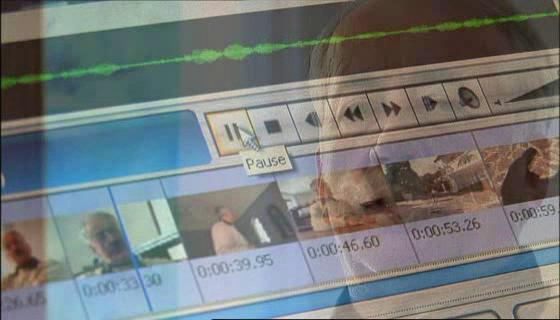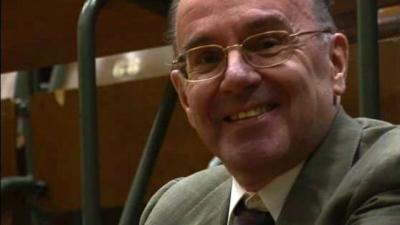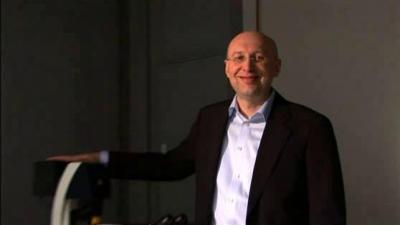Leonardo Chiariglione
Contributions to digital video technology
Only 15 years ago, video technology was still largely based on analogue storage devices, mostly VHS tapes for home video and Hi8 tapes for camcorders. That video tapes appear destined to follow floppy discs into extinction is to a large extend the merit of Leonardo Chiariglione who dedicated much of his work life for a future in which all video technology would be digital.
Very early on, he realised that digital video would only become a global technology if it had normative standards to ensure consistent quality and global compatibility. To this end, he founded the Motion Pictures Expert Group (MPEG), a council of 300 media experts from 25 countries, in 1988. Since then, the group has established a number of the famous MPEG-standards for digitising audio and video information.
But Chariglione was not only an inventor with profound technological expertise, but also an active networker for the digital future. He has consistently used his international contacts to launch initiatives promoting digital video on a global scale. As early as 1986, he spearheaded the International Workshop on High-Definition Television (HDTV), the results of which are currently entering households with HD-ready television sets.
Chiariglione has also been a constant voice for the rights of digital content creators and an advocate of fair market practices in the field. To address some of the challenges of our times, he founded the non-profit Digital Media Project, with representatives of networks and media corporations from 21 countries, in 2003. The Project's mission is "to promote continuing successful development, deployment and use of Digital Media that respect the rights of creators and rights holders to exploit their works, the wish of end users to fully enjoy the benefits of Digital Media, and the interests of various value-chain players to provide products and services".
How it works
The main challenge in digitising analogue video signals is to keep the size of resulting files as small as possible to ensure they fit on a disc or chip and are suitable for quick streaming over the internet. In practice, the differences between individual frames of a video broadcast are sometimes quite minimal. Using algorithms that evaluate the differences between frames, Chiariglione's video codecs evaluate the amount of data that needs to be actually digitised and the amount that can be "predicted" mathematically. Samples of the current frame are compared line-by-line with those of the preceding frame, and only the samples considered "sufficiently different" are being stored. Today, all commercial applications of digital video encoding are based on such predictive coding systems to save storage space.
Contact
European Inventor Award and Young Inventors Prize queries:
european-inventor@epo.org Subscribe to the European Inventor Award newsletterMedia-related queries:
Contact our Press team#InventorAward #YoungInventors


